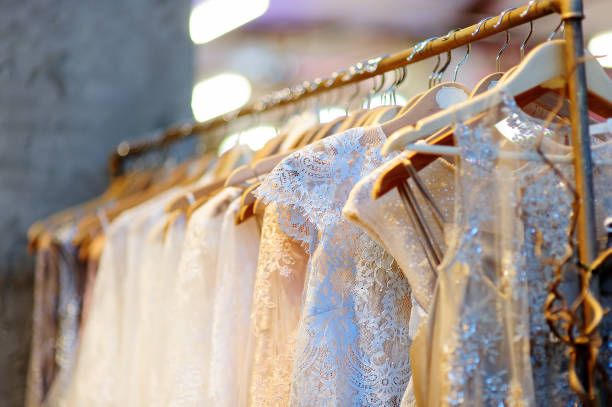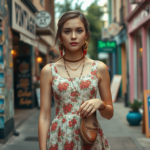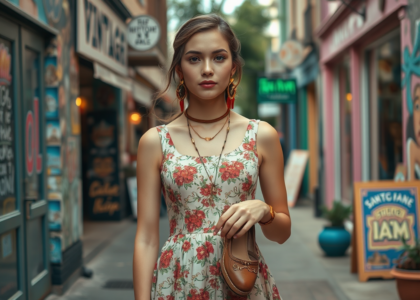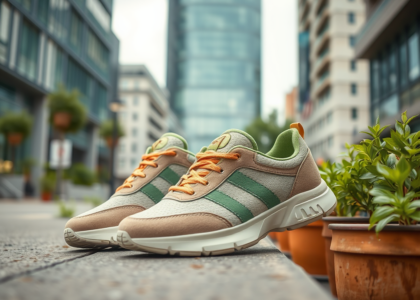The journey of wedding fashion has traveled through centuries, each era leaving its unique mark on the bridal aisle. This article aims to explore the transformation of wedding attire, from ancient traditions to the modern-day extravaganza.
Ancient Origins and Traditions
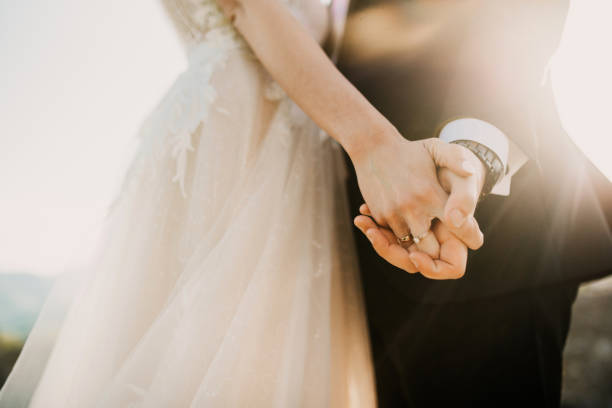
Wedding attire dates back to ancient civilizations where the garments worn by brides were symbols of their social status and family wealth. In ancient Rome, brides wore long tunics tied with a belt, symbolizing chastity and purity. Similarly, in Greece, brides wore colorful robes made of rich fabrics, often accompanied by a veil to ward off evil spirits. These ancient traditions set the foundation for bridal fashion to become an emblem of cultural identity and symbolism.
Medieval and Renaissance Influence
The medieval and Renaissance periods introduced luxurious fabrics and elaborate designs to wedding fashion. Brides of high social standing adorned themselves in velvet, silk, and fur, decorated with precious gemstones. The notion of wearing white, symbolizing purity, can be traced back to this period, notably popularized by Queen Victoria’s white wedding dress in 1840. This era also saw the introduction of lace, intricate embroidery, and full-length gowns that continue to inspire modern wedding dresses.
The Victorian Era and Its Legacy
The Victorian era was a pivotal time for wedding fashion, characterized by elaborate and voluminous gowns. Queen Victoria’s choice of a white gown for her wedding to Prince Albert made white a coveted color among brides. The Victorian gown often featured tight corsets, crinolines, and layers of ruffles and lace. This period also emphasized modesty, with long sleeves and high necklines becoming the norm. The trends set during this time have left a lasting legacy on contemporary wedding fashion, with many modern brides opting for Victorian-inspired elements in their dresses.
20th Century Innovations and Diversity
The 20th century brought significant changes and diversity to wedding fashion. The early 1900s were influenced by Edwardian styles, characterized by S-shaped corsetry and softer silhouettes. The Roaring Twenties introduced flapper-inspired gowns with shorter hemlines and less restrictive designs. The mid-20th century saw an explosion of creativity with the introduction of tea-length dresses, bold patterns, and even colored wedding gowns. This era was marked by freedom of expression, allowing brides to choose attire that resonated with their personal style and cultural background.
Modern-Day Trends and Future Forecasts
Today’s wedding fashion is a blend of tradition and innovation, offering brides a vast array of choices. Modern brides can choose from minimalist designs to extravagant ball gowns, with designers pushing the boundaries of fabric, texture, and silhouette. Eco-friendly and sustainable fashion has also made its mark, as more brides opt for ethically sourced materials and vintage dresses. The future of wedding fashion looks promising, with technology like 3D printing and smart textiles predicted to create even more bespoke and innovative designs.
Conclusion
The evolution of wedding fashion is a testament to the changing norms and values of society, reflecting cultural shifts and technological advancements. From ancient traditions to contemporary trends, bridal attire has continuously evolved, embodying the spirit of its time while paving the way for future innovations. Whether inspired by the past or looking forward to the future, wedding fashion remains an enduring and cherished aspect of the matrimonial celebration.
FAQ
What influenced the popularity of the white wedding dress?
The white wedding dress rose to popularity after Queen Victoria wore a white gown for her wedding to Prince Albert in 1840, symbolizing purity and setting a trend among brides.
How did the Roaring Twenties impact wedding fashion?
The Roaring Twenties introduced flapper-inspired gowns with shorter hemlines and less restrictive designs, reflecting the era’s spirit of freedom and rebellion.
What are some common elements in Victorian wedding gowns?
Victorian wedding gowns often featured tight corsets, crinolines, layers of ruffles, lace, and elements of modesty like long sleeves and high necklines.
How has sustainability influenced modern wedding fashion?
Sustainability has led to an increased demand for eco-friendly and ethically sourced materials. Many brides now choose vintage or upcycled dresses to reduce environmental impact.
What future trends are predicted for wedding fashion?
Future trends in wedding fashion include the use of technology such as 3D printing and smart textiles, which will allow for more personalized and innovative designs.

